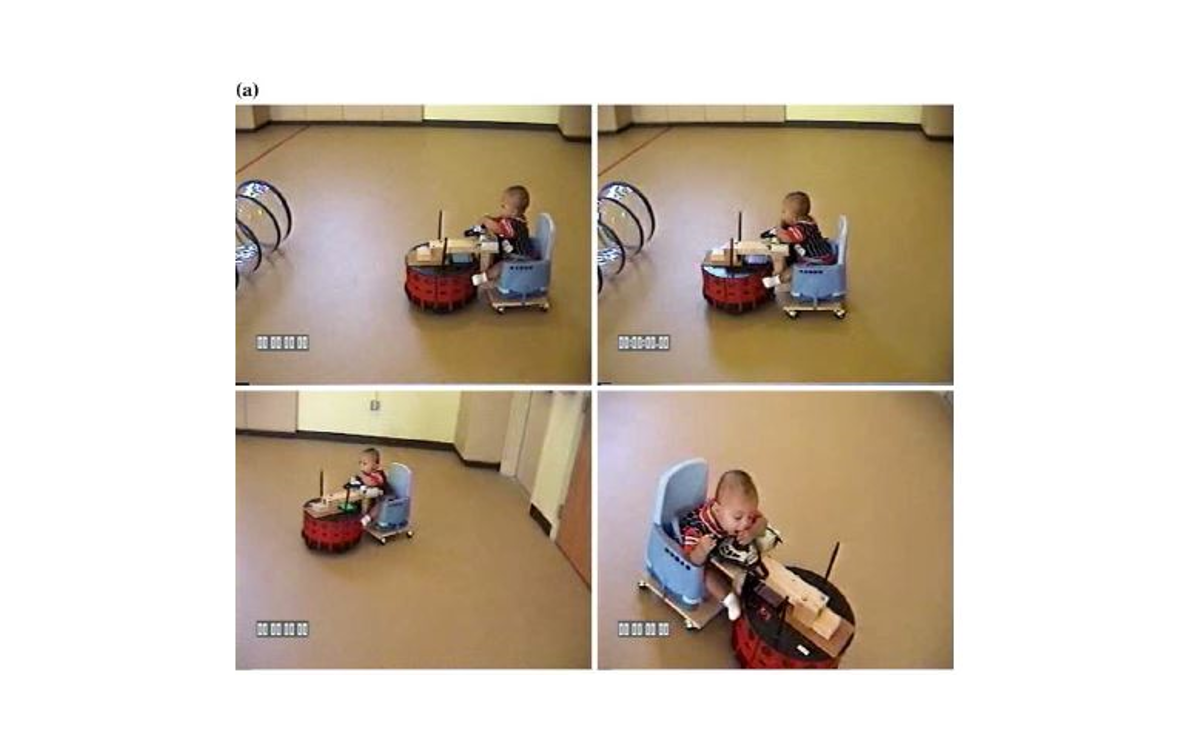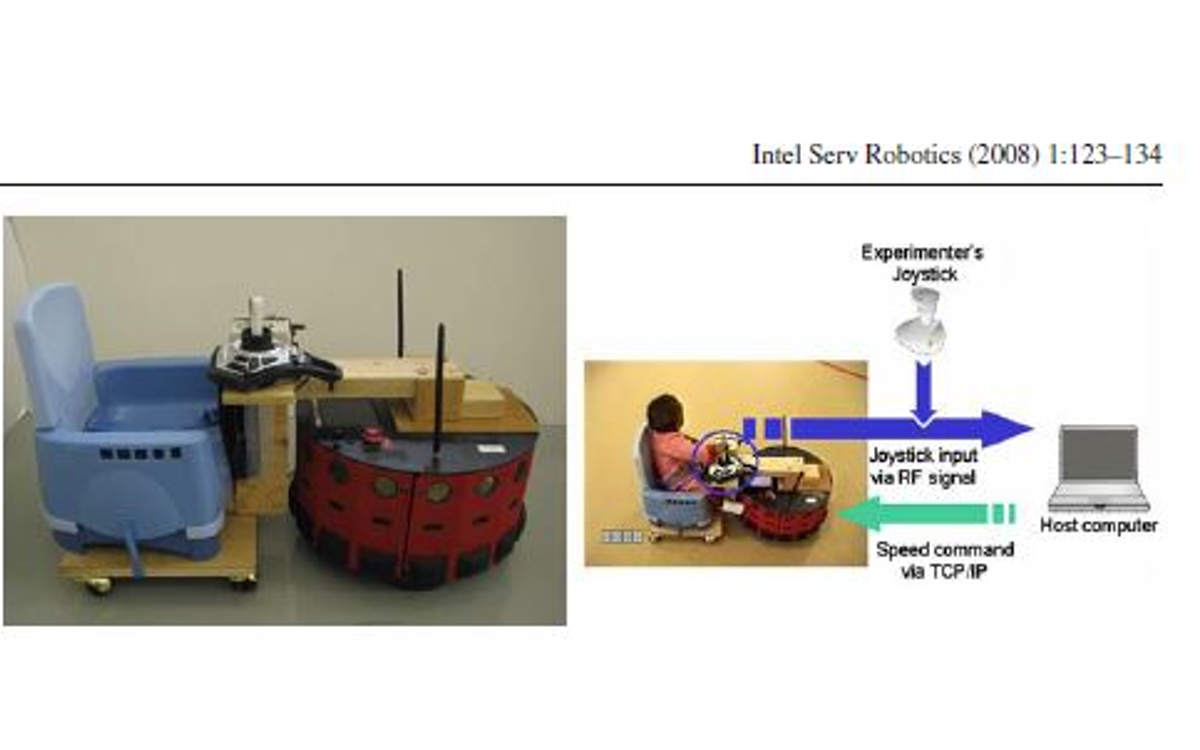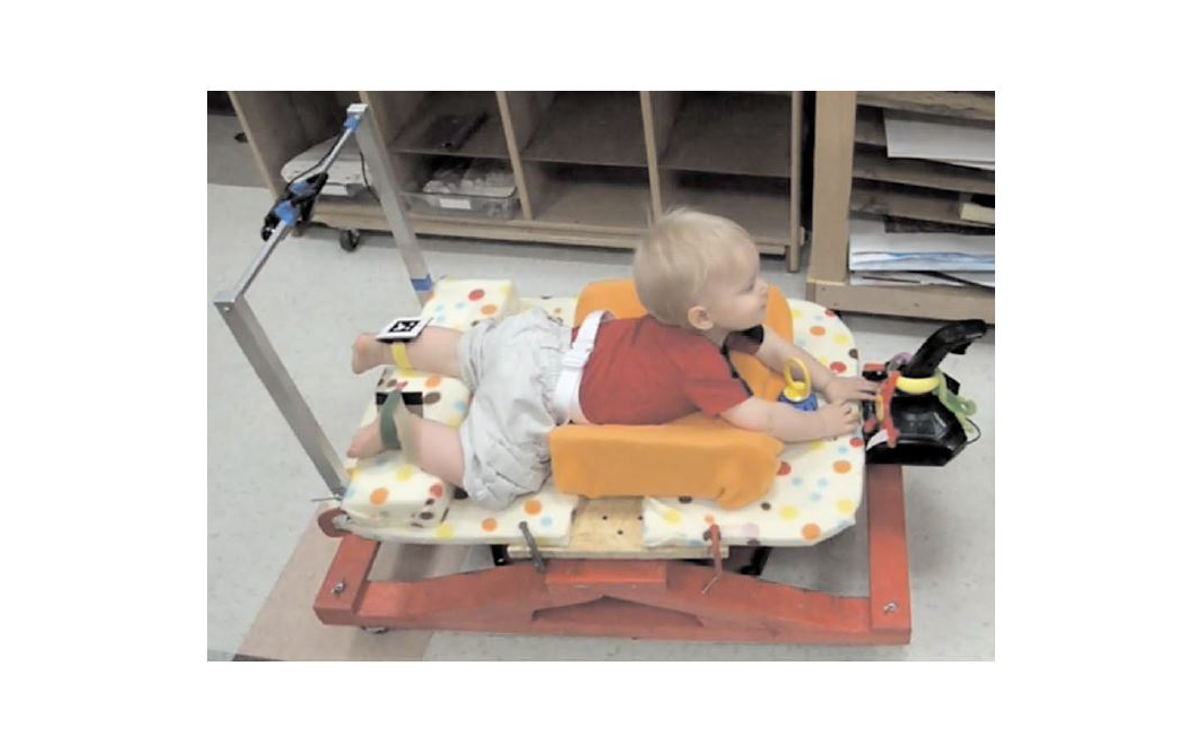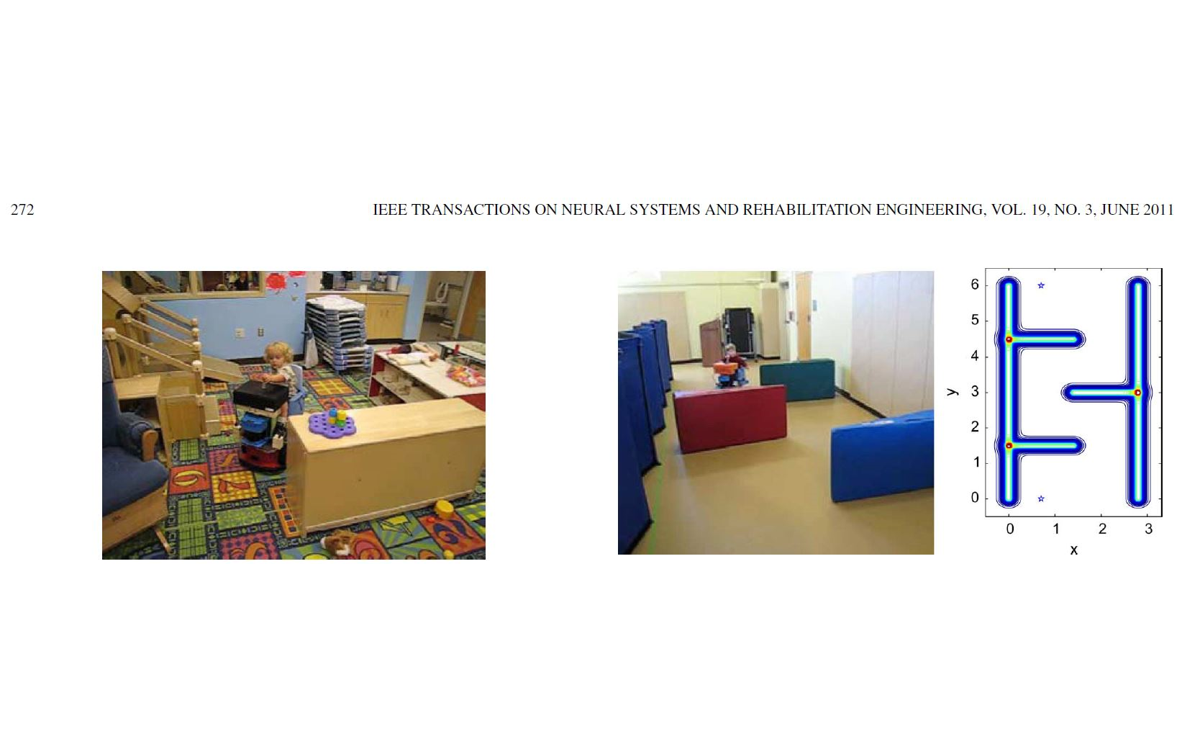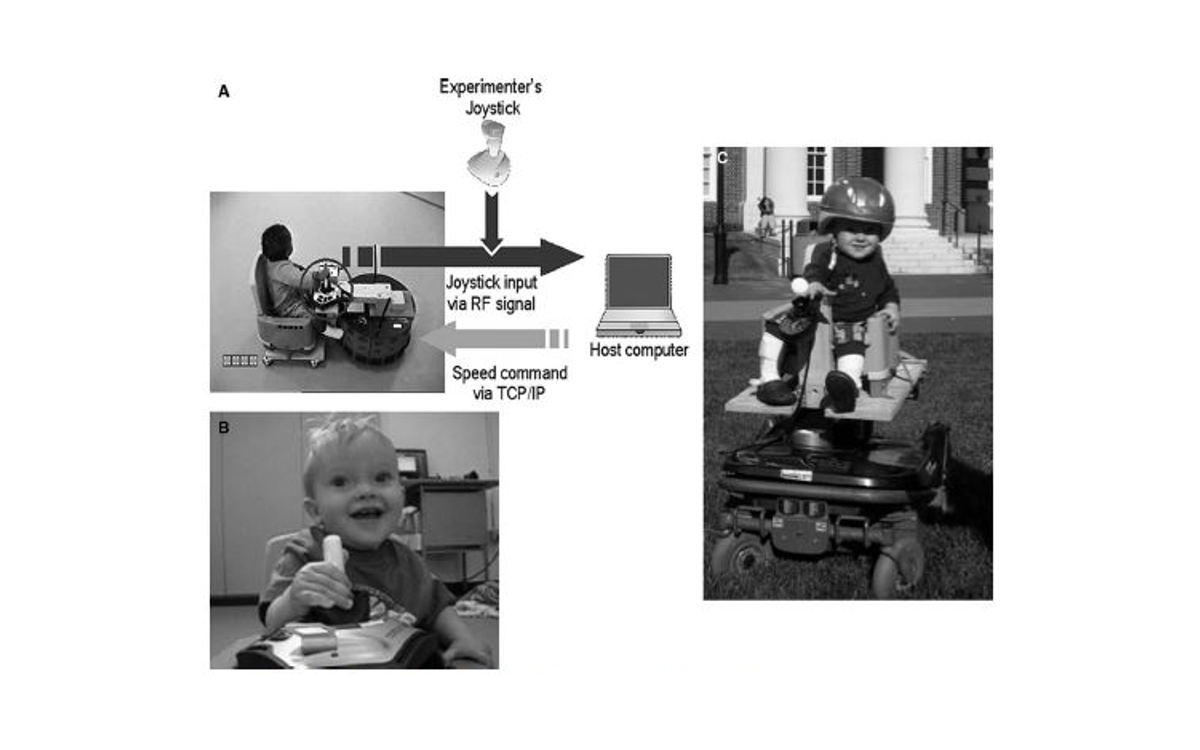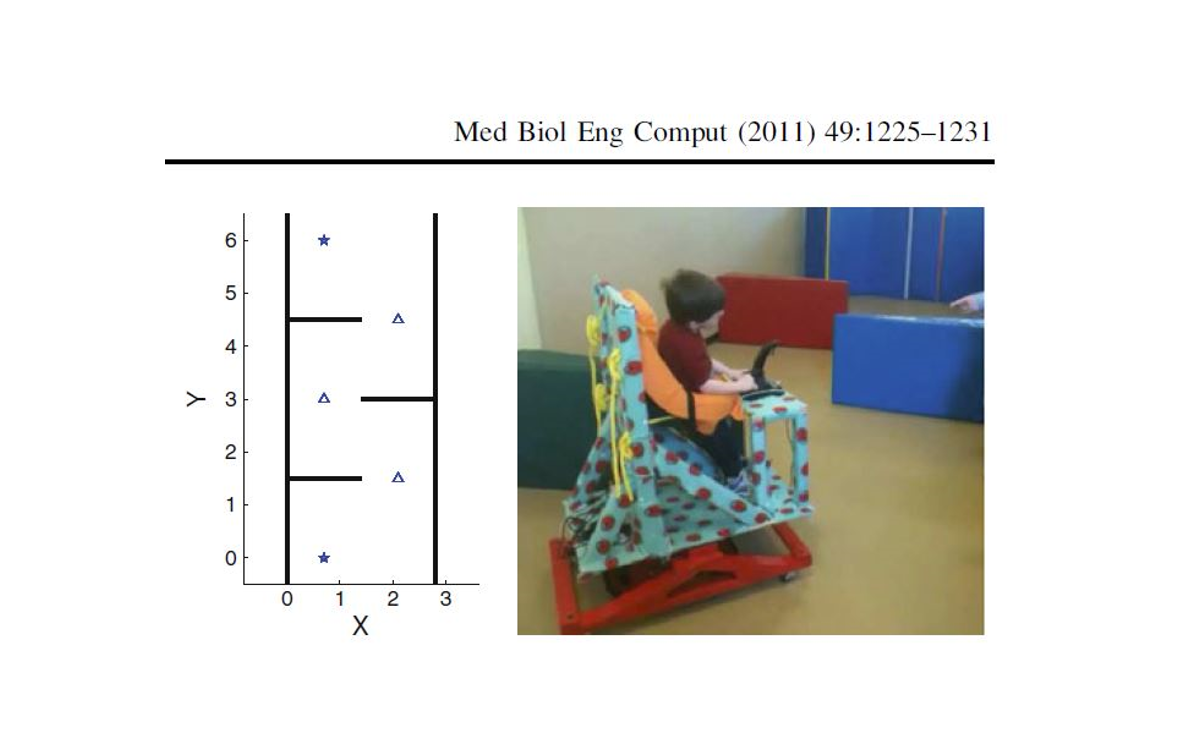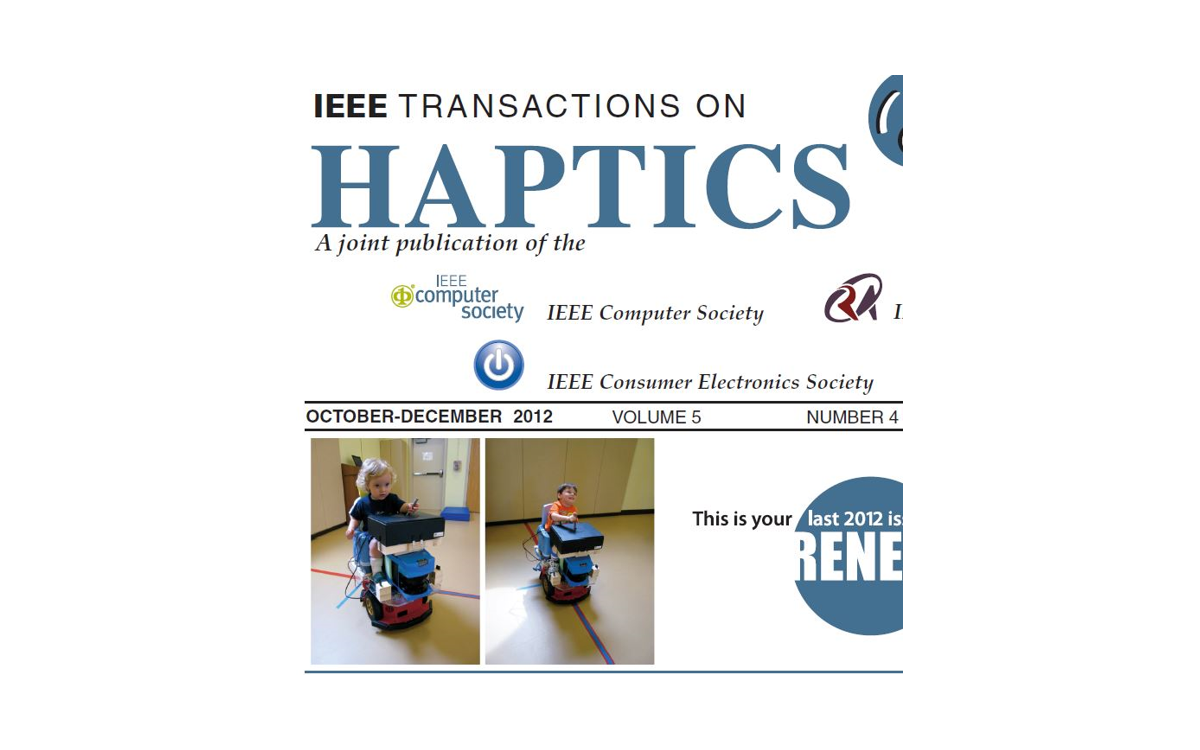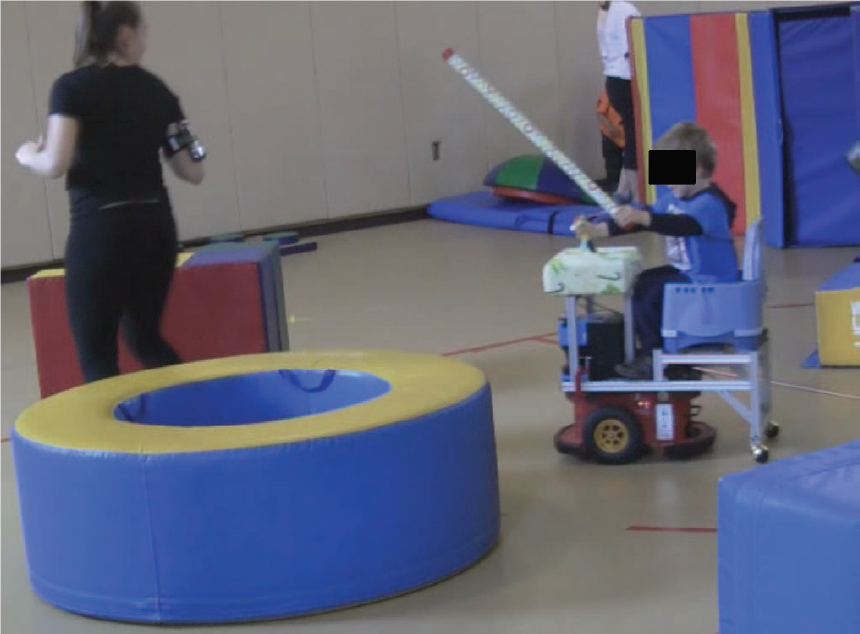Infants and toddlers suffer from mobility impairments due to diseases such as cerebral palsy, down syndrome and others. These impairments affect the development trajectories of these infants. Lack of mobility gives them less opportunity to interact socially with others. We have shown that even 6-month old infants can learn to drive a robot through training with a force field joystick. Through well designed haptic interfaces with forces fields, these children can learn higher level behaviors such as driving in a cluttered environment and navigation to reach a goal. These paradigms have been tested with infants and toddlers with cerebral palsy, spinal muscle atrophy, and others.

